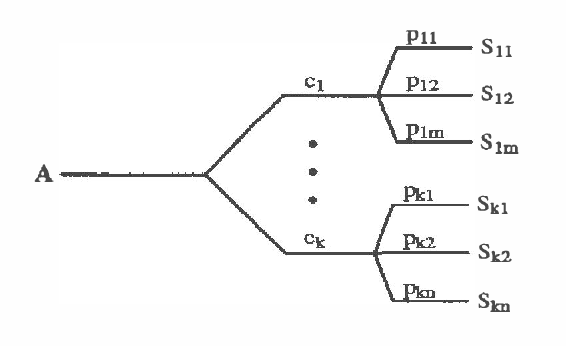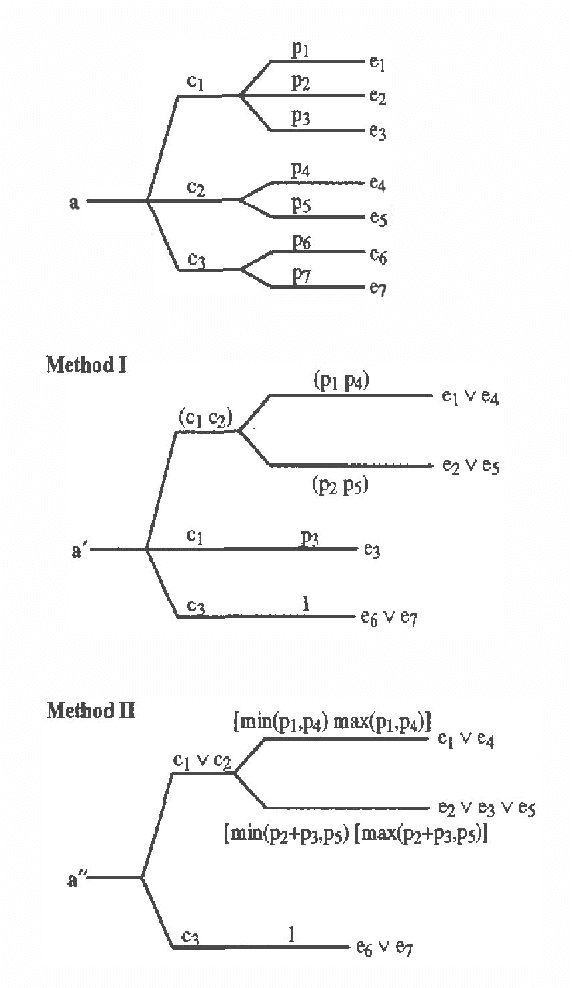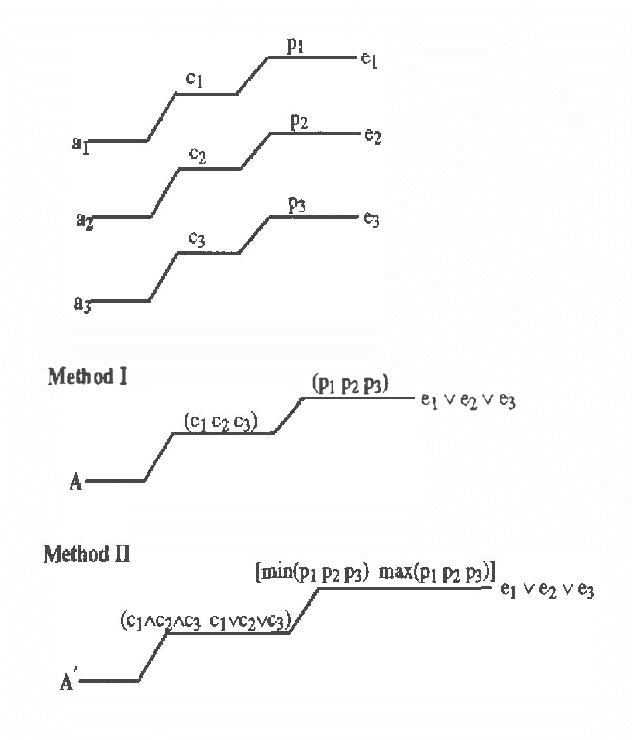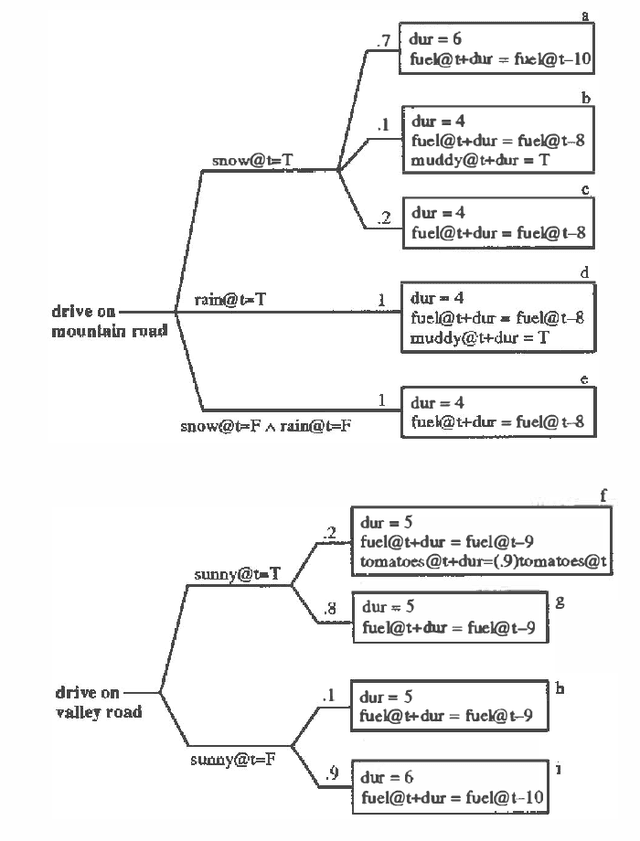Abstracting Probabilistic Actions
Paper and Code
Feb 27, 2013



This paper discusses the problem of abstracting conditional probabilistic actions. We identify two distinct types of abstraction: intra-action abstraction and inter-action abstraction. We define what it means for the abstraction of an action to be correct and then derive two methods of intra-action abstraction and two methods of inter-action abstraction which are correct according to this criterion. We illustrate the developed techniques by applying them to actions described with the temporal action representation used in the DRIPS decision-theoretic planner and we describe how the planner uses abstraction to reduce the complexity of planning.
* Appears in Proceedings of the Tenth Conference on Uncertainty in
Artificial Intelligence (UAI1994)
 Add to Chrome
Add to Chrome Add to Firefox
Add to Firefox Add to Edge
Add to Edge